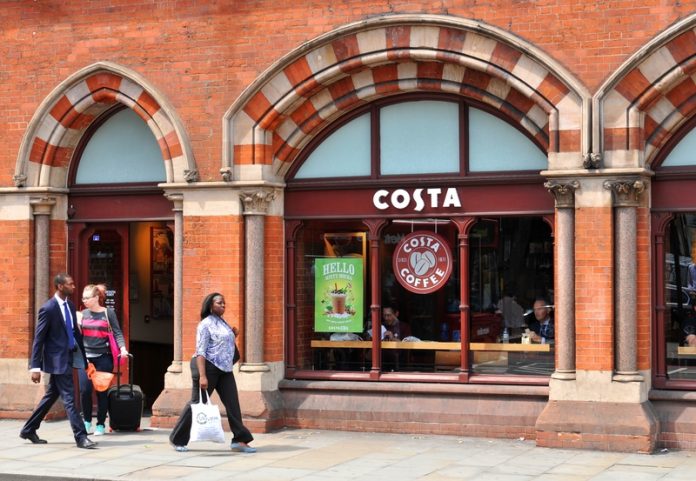New research by Historic England on behalf of the Historic Environment Forum, has revealed that businesses across the UK are choosing to trade from listed buildings
Heritage Counts analysed 50 cities and town centres in England to find that the number of listed buildings used by businesses has increased by 18% since 2012.
When applied to all towns and cities, estimates suggest that there are now approximately 142,000 businesses operating in listed buildings across England.
Heritage Minister, Michael Ellis, said:“The increase in businesses trading from listed buildings shows that heritage remains at the heart of our high streets and society.
“It proves that these buildings are not just attractive, but also adaptable for the modern world.
“We are committed to promoting and protecting the nation’s historic architecture and through our £55 million package for heritage on the high street, will work with businesses to help breathe new life into our listed buildings.”
Pub chains Greene King and Marstons top the table as the largest branded retail occupiers of listed buildings.
Coffee chains including Caffe Nero, Starbucks and Costa come in at a close second.
New research for Heritage Counts also reveals the vital contribution of heritage to the nation’s economy. The latest figures show that:
- The heritage sector is an important source of economic prosperity and growth in England. Between 2011 and 2016 the heritage sector contribution to Gross Value Added has increased by 37%, from £21.1bn to £29bn (equivalent to 2% of national GVA).
- When direct GVA is compared, England’s heritage sector generated a larger GVA (12.7bn) than the arts and culture industry (10.6bn), aerospace industry (10bn), defence industry (9.4bn) and security industry (5.3bn) in the UK.
- Heritage is an important employer in England, providing more than 459,000 jobs, an increase of 18% since 2011.
- Heritage tourism generated £16.9bn in spending by domestic and international tourists who made 236.6m visits.
- Converted historic properties (pre-1919) provided 51,110 new homes between 2012 and 2018, up from 5,053,970 to 5,105,080. Historic properties are now the second largest provider of new housing stock in England, after new builds. A fifth (22%) of all residential stock in England was built before 1919.
The report comes after a £55 million boost to high street heritage assets across the country, which was announced as part of the £675 million Future High Streets Fund in this year’s Autumn budget.
The report will be launched today at ‘Heritage Day’ the key annual event for the heritage sector. Speakers will include Historic England’s Chief Executive, Duncan Wilson, and the National Trust Director-General, Hilary McGrady.
Heritage Counts is available to download from www.heritagecounts.org.uk

















